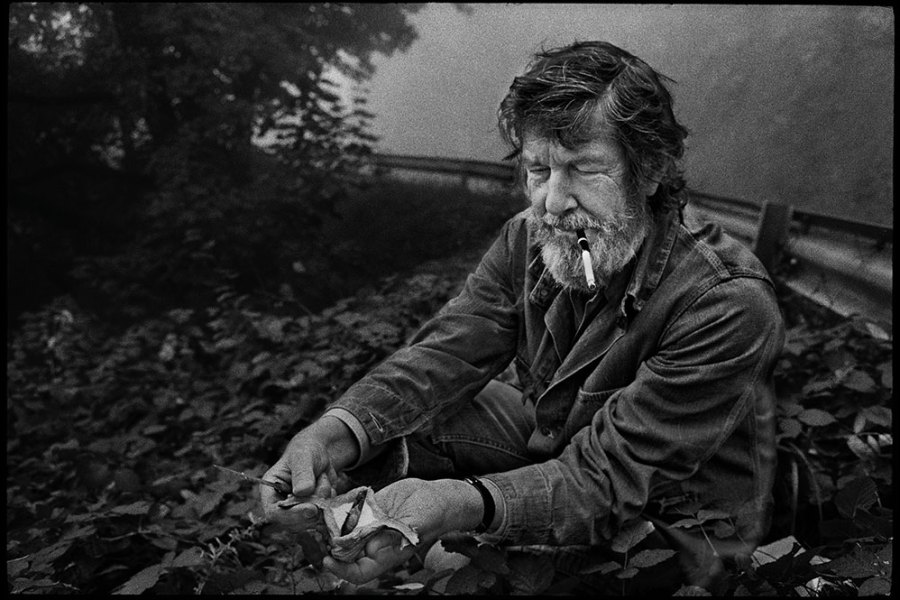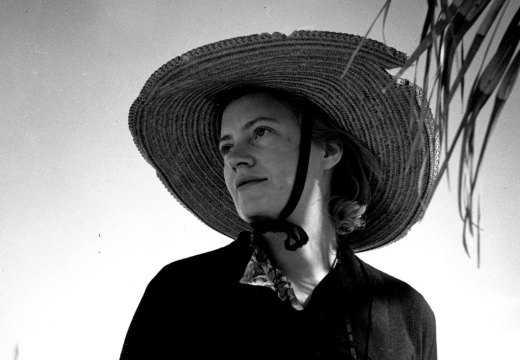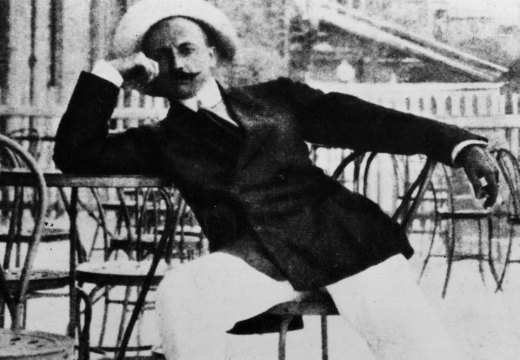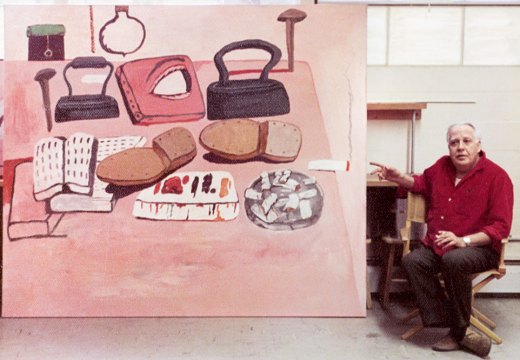It was a love originally born out of necessity. John Cage turned up in northern California, broke, in the winter of 1934. He was foraging: for a job, firstly, but also for mushrooms to keep himself nourished, consulting field guides in the local library to check whether his discoveries were edible. So began a lifelong obsession for Cage, a fascination that blooms like a series of deeply networked mycological spores through the avant-garde composer’s life and work.
When he arrived for the summer of 1954 in Stony Point, New York, for example, he had intended to build an electronic music studio, but instead wandered the countryside, attempting to identify the woods’ various fungi. Within a few weeks, he was hospitalised with hellebore poisoning, having mistaken its wide green leaves for those of the more palatable skunk cabbage.
Enthusiasm undimmed, he later began teaching a course in mushroom identification at the New School for Social Research, along with textile designer Lois Long and botanist Guy Nearing, and with them and other co-conspirators resurrected New York’s dormant Mycological Society. Perhaps most mind-bogglingly, he was quizzed on his mushroom knowledge in an appearance on the Italian game show Lascia o Raddoppia? (‘Double or Nothing?’) in 1959. He named 24 species of the white-spored Agaricus in alphabetical order, earning himself five million lire in the process. As for consuming his woody-fleshed finds (often foraged in Central Park), Cage would cook them with butter, salt and pepper, with the occasional addition of cream or lemon juice – one of several competing culinary doctrines within the Mycological Society’s ranks.
A new book from Atelier Éditions, John Cage: A Mycological Foray, traces the breadth of Cage’s interest in fungal species, digging out connections with his artistic philosophy. In two moss-hued volumes, the book reproduces Cage’s collection of photographs of speckled toadstools and shrivelled morels, as well as several of his fungal-oriented artworks. Printed in full is the transcript of Mushrooms et Variationes, a series of mesostics – a form Cage loved, resembling acrostics but using a central letter rather than the first letter of each line to spell out the intersecting phrases, in this case a series of mushroom names – which he performed in 1983. In five 15-minute sections (the exact timing is left up to the performer) the work presents chance encounters with language, each line a dissociation from the last.
Like so much of Cage’s work, this mushroomy text is shot through with indeterminacy, which intentionally introduces variation in the performance of a work. Cage was dedicated to the I Ching, which offered him a method for creating undefined choices: he suggested, for example, that his students at the University of California allow this Chinese divination tome to select which passages from their reading list to focus on.
Cage was also obsessed with identifying and cataloguing mushrooms, a contemplative process that occasionally formed part of his own silent performances. Just as in his most famous work, the ‘silent’ composition 4’33” (1952), the time referred to in the title allows us to hear what else is there – chance encounters and relationships – for Cage, mushrooms are a conduit for unexpected connections. He notes, for example, that ‘mushrooms’ and ‘music’ sit next to each other in many dictionaries, and sees the bundling of musical notation next to field guides on mushrooms at second-hand bookstores as a sign that he’s ‘on the right track’.
In the same way in which Cage was fascinated by sound that was spontaneous and fleeting, he found intrigue in the haphazard arrival of a golden chanterelle or a toadstool, flashing red like a beating heart. ‘It’s a curious idea perhaps,’ he wrote, ‘but a mushroom grows for such a short time and if you happen to come across it while it’s fresh it’s like coming upon a sound which also lives a short time.’
Cage’s mycological obsession goes beyond gustatory or even identificatory concerns. Rather, these tiny helmeted treasures hiding in the undergrowth underscored his most deeply held artistic tendency: the mystic elevation of minutiae. ‘I don’t have any favourite mushrooms,’ he said in a documentary in 1983. ‘I just like the one I have. I love mushrooms, that’s all.’
John Cage: A Mycological Foray is published by Atelier Éditions.
From the July/August issue of Apollo. Preview and subscribe here.
Unlimited access from just $16 every 3 months
Subscribe to get unlimited and exclusive access to the top art stories, interviews and exhibition reviews.














![Masterpiece [Re]discovery 2022. Photo: Ben Fisher Photography, courtesy of Masterpiece London](http://www.apollo-magazine.com/wp-content/uploads/2022/07/MPL2022_4263.jpg)
It’s time for the government of London to return to its rightful home